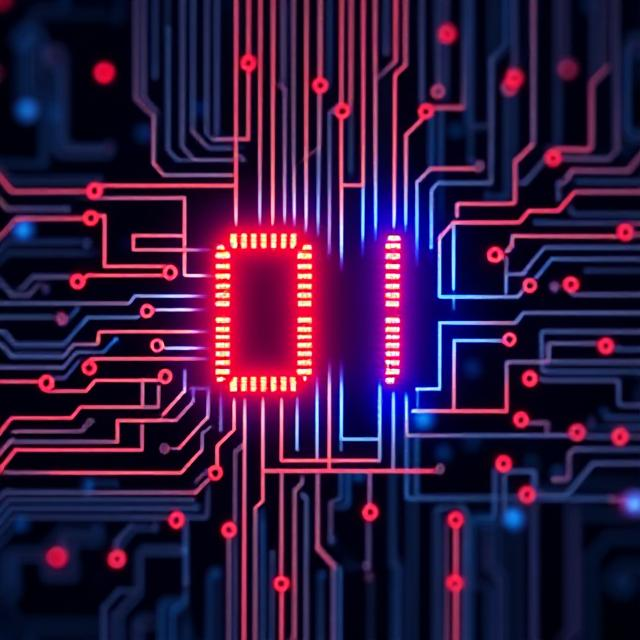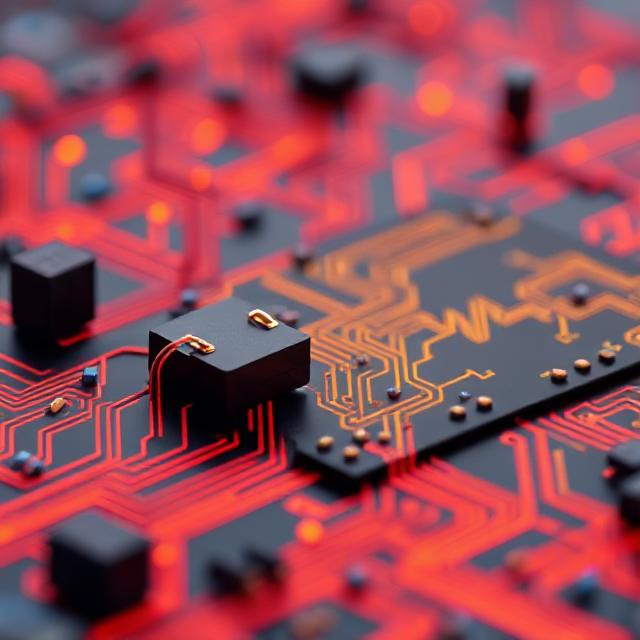In digital electronics, information is represented, processed, and stored in binary form. To effectively understand and work with digital systems, it is essential to grasp the concept of number systems and codes. These systems provide the foundation for how data is interpreted by computers and other digital devices.

1. Number Systems
A number system defines how numbers are represented using symbols or digits. The most commonly used number systems in digital electronics include:
a. Binary Number System (Base-2)
The binary system uses only two digits: 0 and 1. It is the fundamental number system in digital electronics because digital devices operate using two voltage levels, which naturally map to 0 and 1.
-
Example: Binary 1010 = Decimal 10
-
Each digit represents a power of 2 (from right to left).
b. Decimal Number System (Base-10)
This is the standard system for humans, using digits from 0 to 9. Digital values are often converted from decimal to binary for processing.
-
Example: Decimal 156 = Binary 10011100
c. Octal Number System (Base-8)
The octal system uses digits from 0 to 7. It is a compact representation of binary numbers and is used in some computing systems.
-
Example: Binary 110110 = Octal 66
d. Hexadecimal Number System (Base-16)
This system uses 16 symbols: 0–9 and A–F, where A = 10 and F = 15. Hexadecimal is often used in programming and microprocessor design due to its concise format.
-
Example: Binary 11110000 = Hexadecimal F0
2. Conversion Between Number Systems
Understanding how to convert numbers from one system to another is critical:
-
Decimal to Binary: Repeated division by 2
-
Binary to Decimal: Sum of binary digits multiplied by 2^n
-
Binary to Octal: Group binary digits in sets of 3
-
Binary to Hexadecimal: Group binary digits in sets of 4
3. Signed and Unsigned Numbers
-
Unsigned Numbers: Represent only positive values.
-
Signed Numbers: Can represent both positive and negative values using methods such as:
-
Sign-Magnitude
-
1’s Complement
-
2’s Complement (most commonly used)
-
Example (2’s Complement):
To represent -5 in 4-bit binary:
Step 1: 5 = 0101
Step 2: Invert = 1010
Step 3: Add 1 = 1011 → So, -5 = 1011
4. Binary Codes
In addition to number systems, binary codes are used to represent data like text, instructions, and decimal digits. Common binary codes include:
a. BCD (Binary-Coded Decimal)
Each decimal digit is represented by its 4-bit binary equivalent.
-
Example: Decimal 29 = BCD 0010 1001
b. Gray Code
Gray code is a binary numeral system where two successive values differ in only one bit. It reduces the chance of error during transition and is used in rotary encoders and digital communication.
-
Example: Binary 000 → Gray 000
Binary 001 → Gray 001
Binary 010 → Gray 011
c. ASCII (American Standard Code for Information Interchange)
It represents text characters in computers. Each character (letters, digits, punctuation) is assigned a 7-bit binary code.
-
Example: ‘A’ = 1000001, ‘B’ = 1000010
d. EBCDIC (Extended Binary Coded Decimal Interchange Code)
Used mainly in IBM systems, it is an 8-bit code for representing characters.
5. Importance in Digital Electronics
Understanding number systems and codes is essential for:
-
Designing circuits: Knowing how to convert and interpret binary values is crucial for logic gate operations, memory addressing, and control systems.
-
Programming: Hexadecimal and binary values are used to write low-level code, set memory addresses, and manipulate data.
-
Data transmission: Encoding and decoding digital information ensures accurate communication between systems.
Conclusion
Number systems and binary codes are the language of digital electronics. From basic circuit design to advanced computing processes, every digital task relies on binary logic and representation. Mastering conversions, understanding various coding schemes, and knowing how numbers are represented internally are fundamental skills for anyone involved in electronics, computing, or embedded system design.










